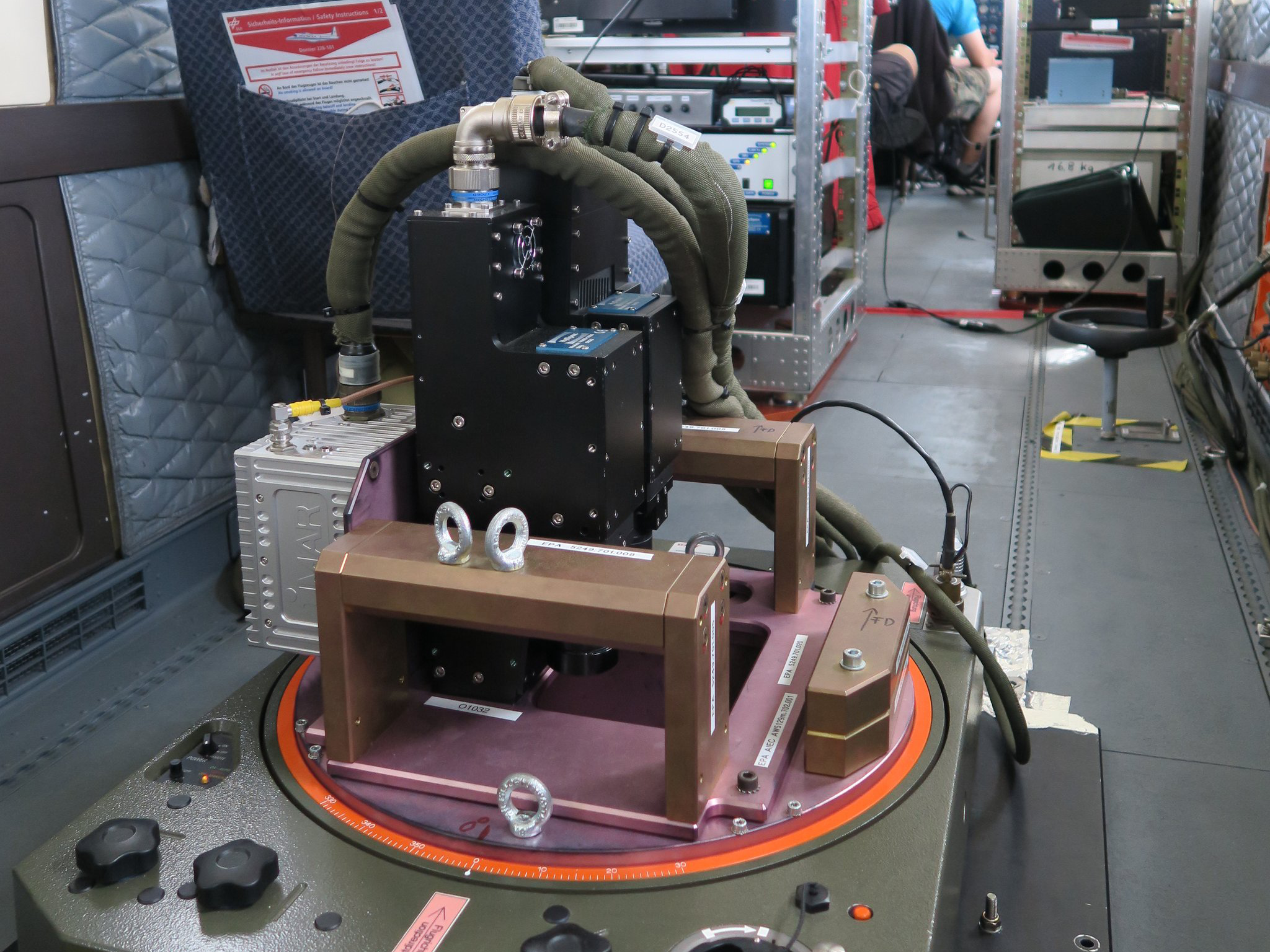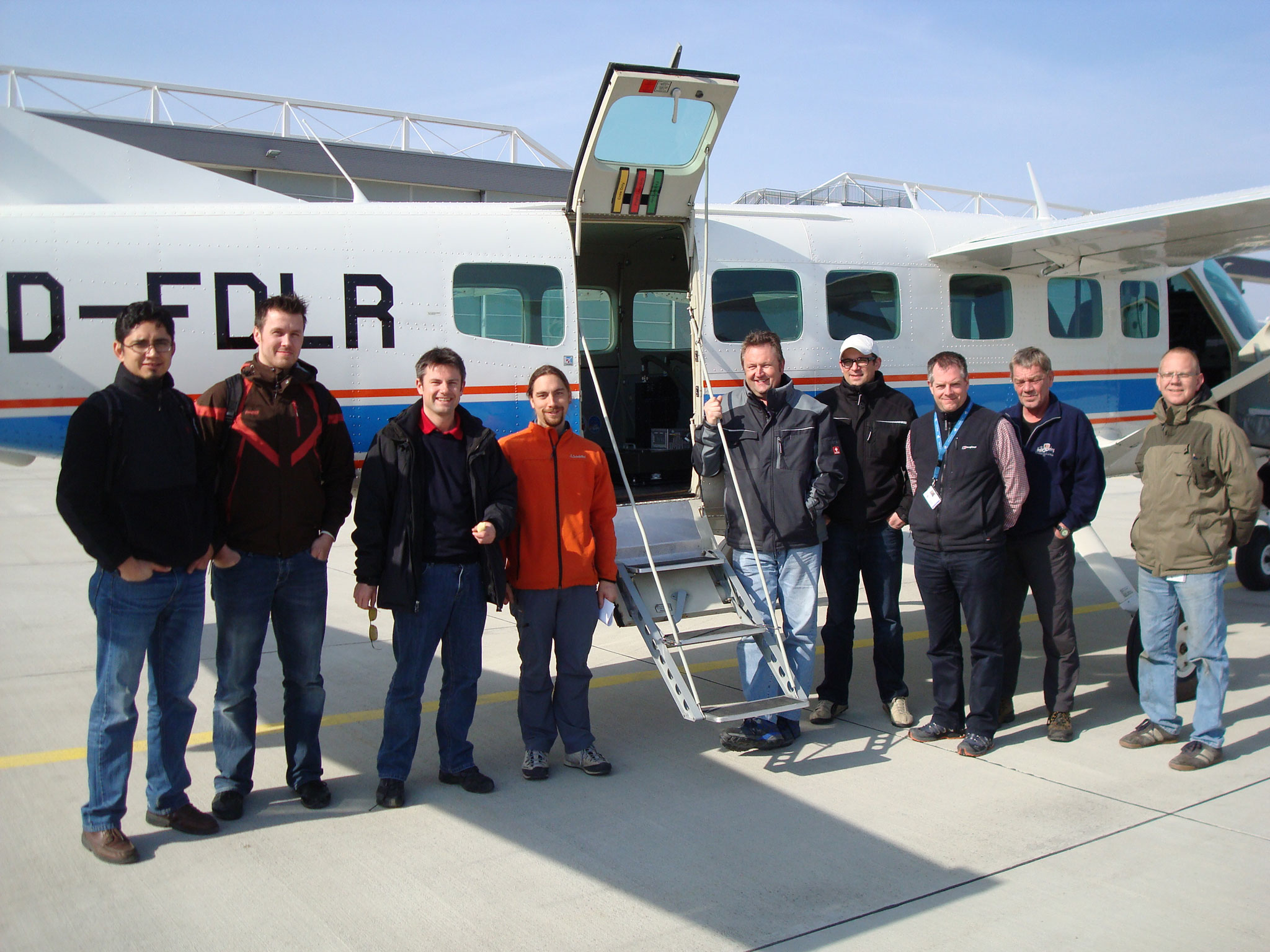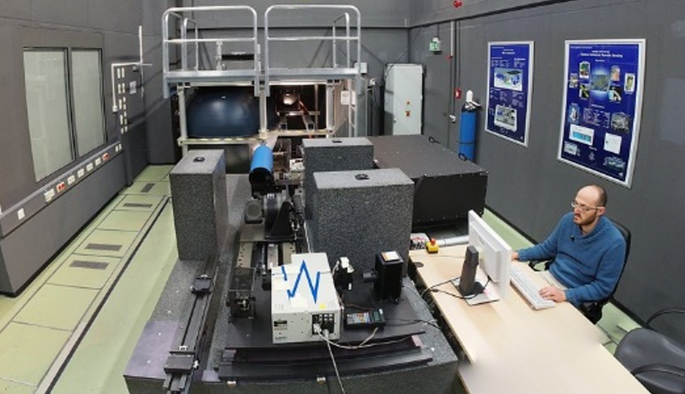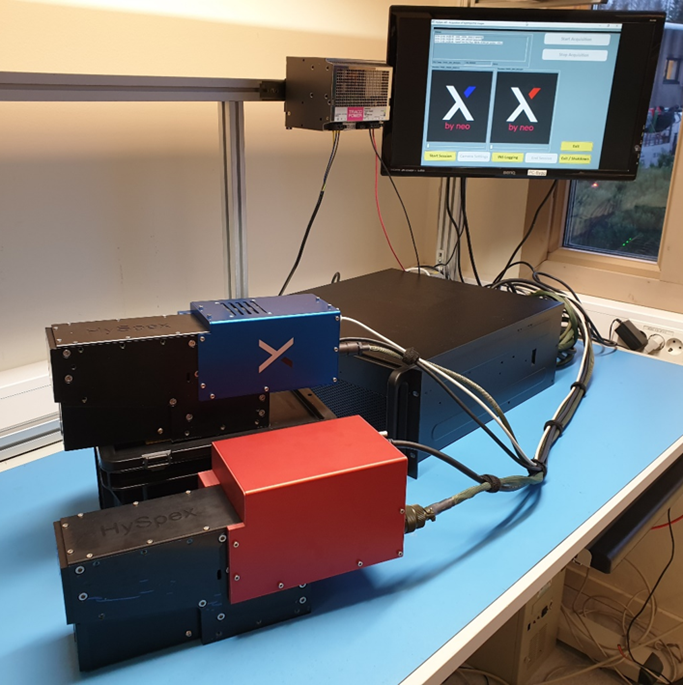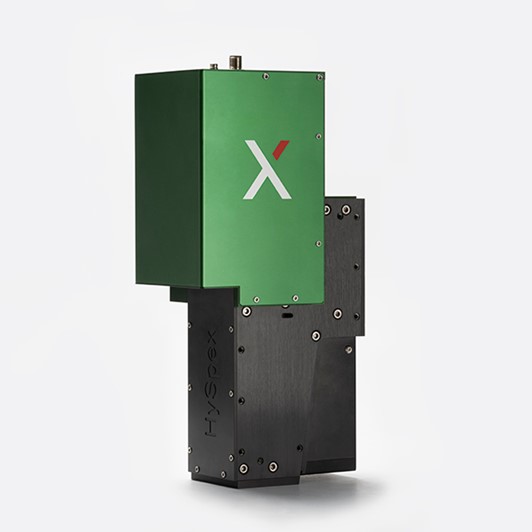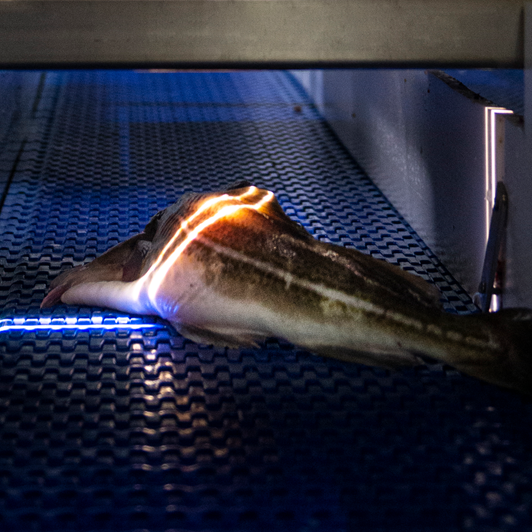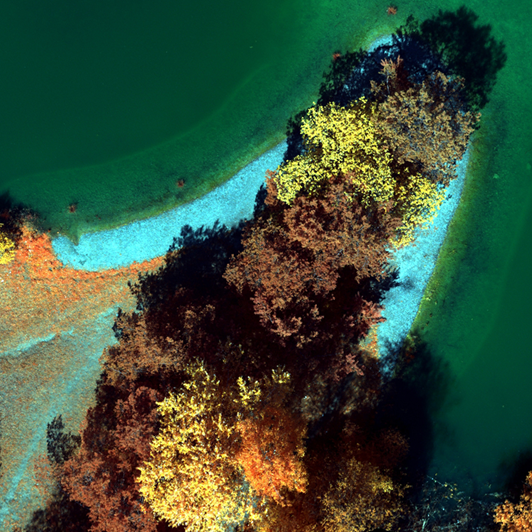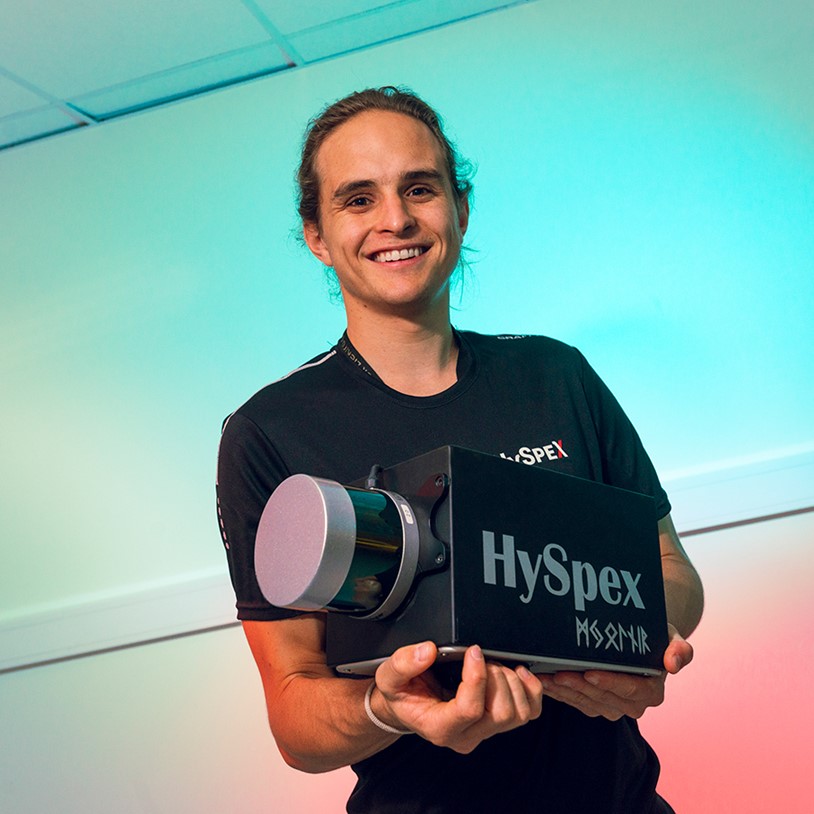DLR continue to select HySpex as hyperspectral instrument supplier
«With this new system in place, we continue to improve data quality to provide products obtaining the highest possible standard for hyperspectral images. We are looking forward to continuing the excellent cooperation with the NEO HySpex team», says Andreas Baumgartner from DLR (Deutsches Zentrum für Luft- und Raumfahrt).

